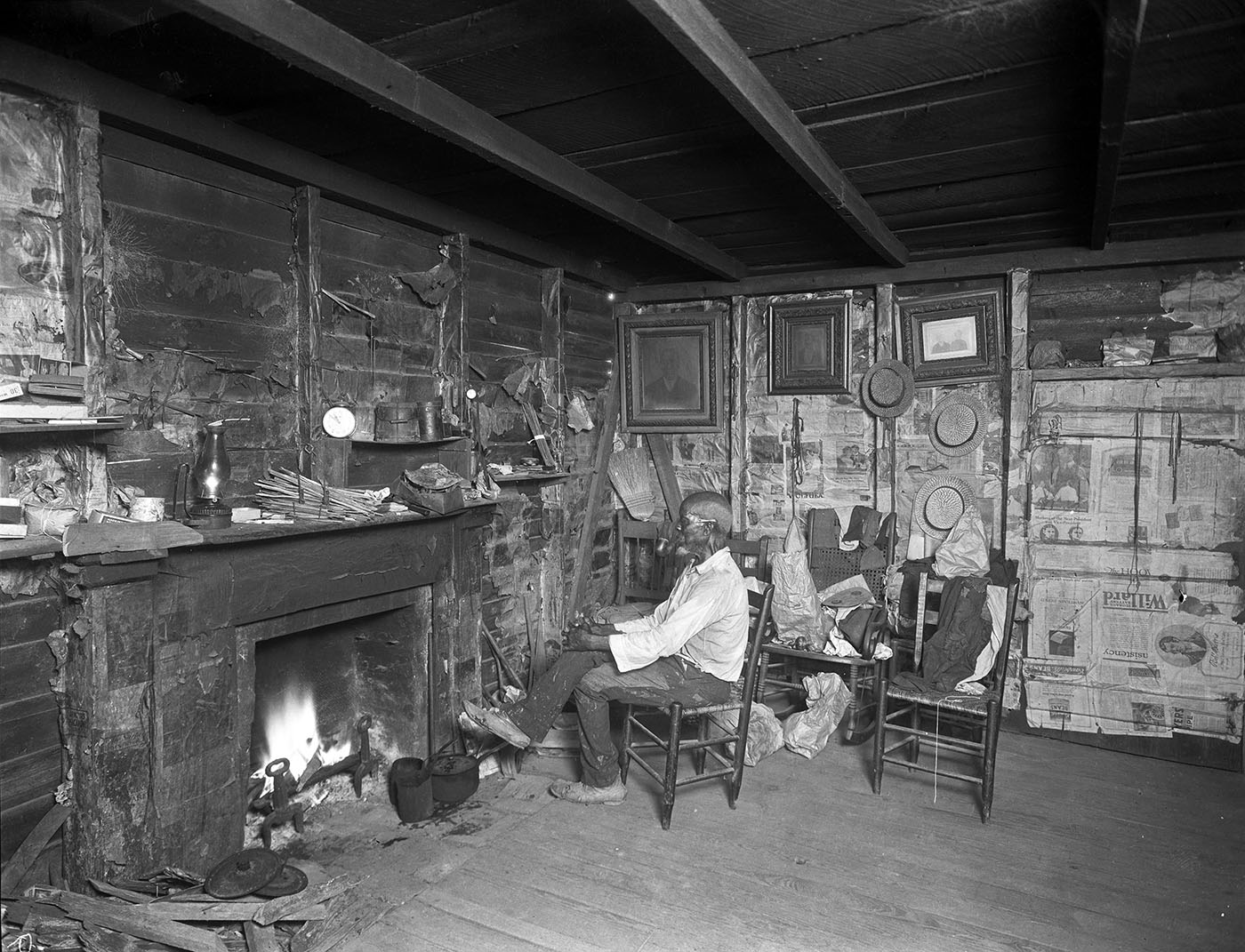

For this reason, the European empires thought they were ‘ideal to be slaves’. Moreover, they already had extensive experience in agriculture and livestock.The indigenous peoples and Europeans were prone to sickness and unsuited to the climate, often suffering from tropical diseases whereas the Africans were excellent workers resistant to diseases.
 Though there were indigenous peoples and Europeans, both were considered unreliable due to health reasons. In the New World, expanding European empires lacked a workforce as a major resource.
Though there were indigenous peoples and Europeans, both were considered unreliable due to health reasons. In the New World, expanding European empires lacked a workforce as a major resource. 
This was the people’s last attempt to defend such an inhumane act that had existed for centuries across continents. Because the system of slavery was opposed to the rights of all human beings regardless of race, religion and scientific racism were used to fabricate its rationale.
The Transatlantic Slave Trade, although ended, had an impact that continued long after its abolition. Moreover, the dispersal of many Africans across the continents resulted in an African diaspora. As the slave trade grew and the demand for enslaved people rose, the depopulation of Africa made agriculture almost impossible due to the lack of workforce. In Africa, kings and merchants started to trade their own kind in exchange for goods, firearms and the like in order to protect their kingdom from neighbouring enemies. Despite contributions to their profits, however, enslaved people were treated unfairly and ruthlessly - often seen as mere properties rather than human beings. In the Americas, enslaved people were a huge deal for its labour intensive economy. This triangular trade route redefined the slave trade. The Americas, in turn, would produce plantation crops that would later be shipped to Europe. As they traded their manufactured goods for enslaved Africans, enslaved people were then transported to the Americas. In Europe, the slave trade influenced its economic growth and market development to expand all across the continents. The trade had both its advantages and disadvantages in the continents. 
The Transatlantic Slave Trade (also called Atlantic Slave Trade or Triangular Slave Trade) was a 15th century to mid-19th century forced migration of enslaved people by slave traders through a triangular trade spanning the continents of Europe, America and Africa.Let’s know more about the Transatlantic Slave Trade!








 0 kommentar(er)
0 kommentar(er)
